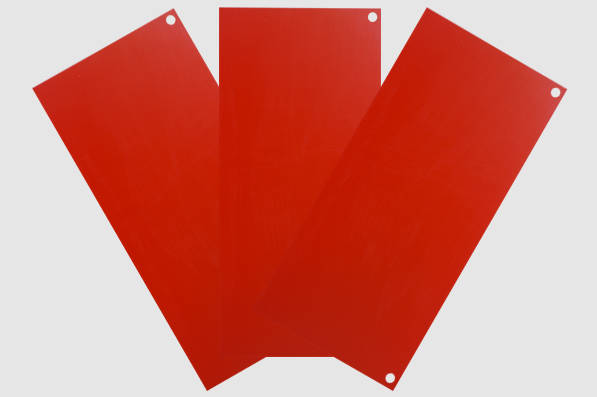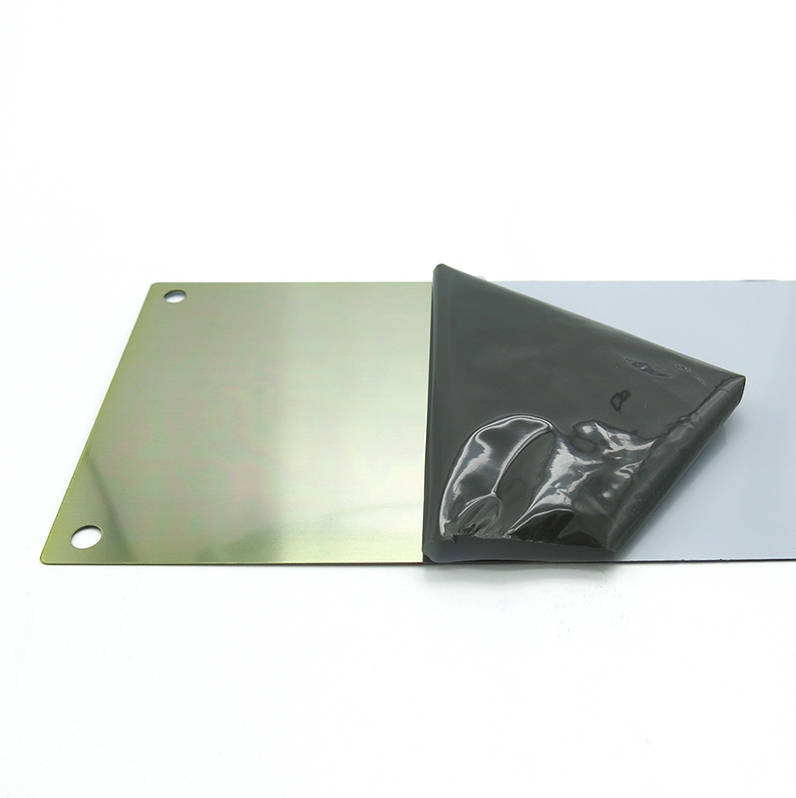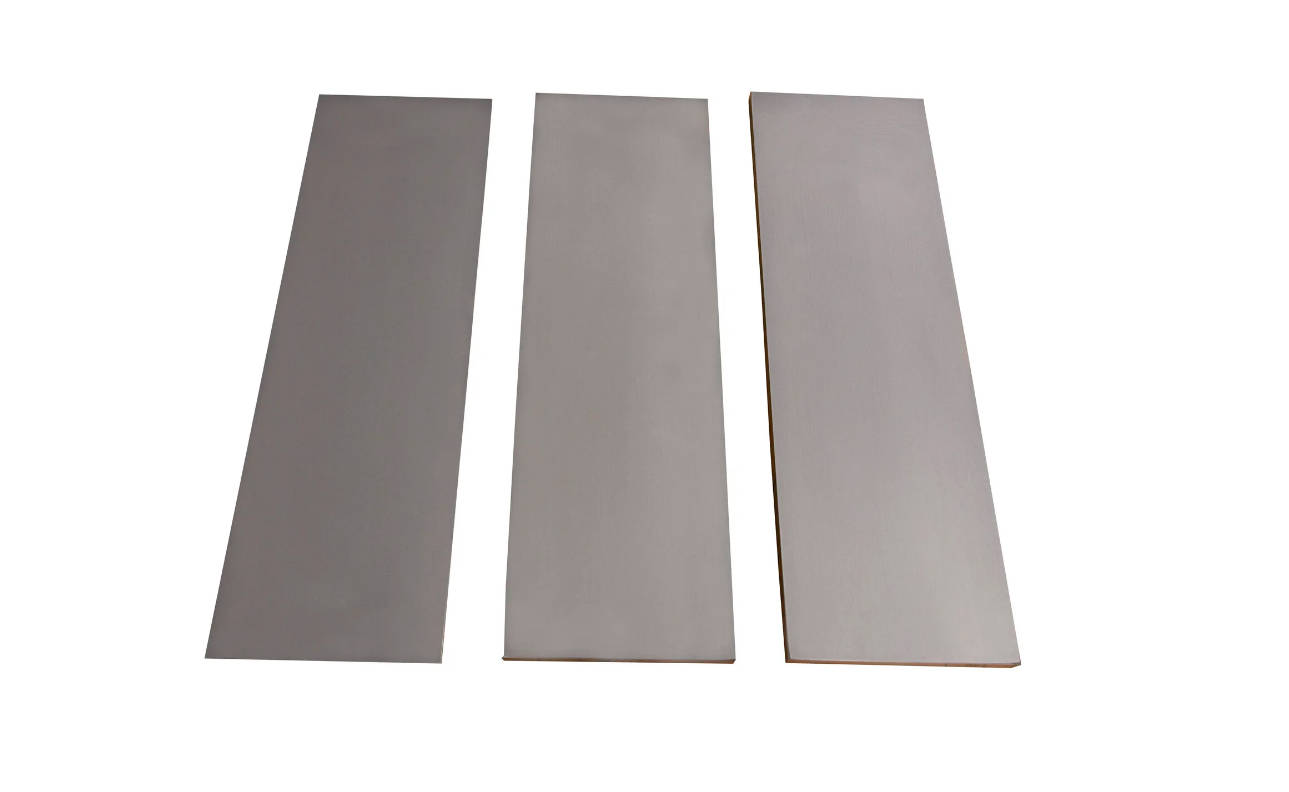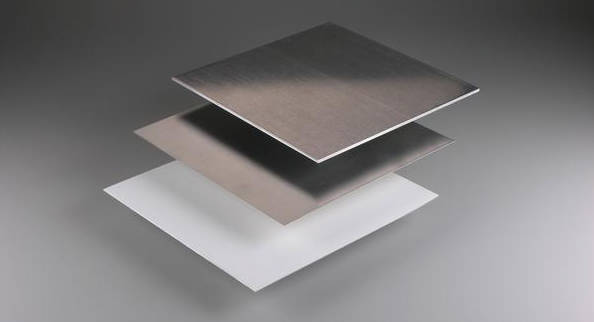Introduction
When it comes to industrial printing, two of the most widely used techniques are pad printing and laser marking. Both offer distinct advantages and are utilized in different industries depending on the application requirements. However, for businesses looking to invest in a pad printing machine or expand their current printing capabilities, understanding the differences between these two methods is essential. This article will explore the key features of both pad printing and laser marking, helping you decide which technology is best suited for your needs.
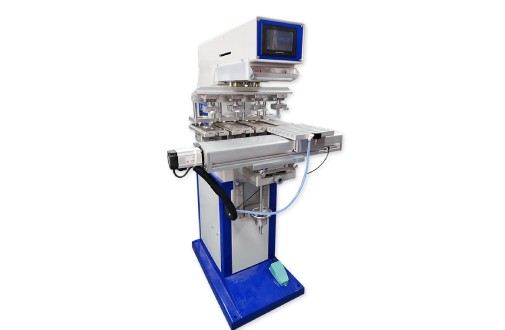
What is Pad Printing?
Pad printing is a versatile printing technique used for transferring ink onto a variety of surfaces. The process involves a silicone pad that picks up ink from an engraved printing plate and transfers it to the desired substrate. This method is especially valuable for printing on irregularly shaped objects or surfaces that would be challenging for other printing techniques. Pad printing supplies such as pads, ceramic rings , ink cups , and plates are available in various types to meet the specific demands of different projects.
Pad printing is commonly used in industries such as automotive, electronics, promotional products, and medical devices, among others. One of the key benefits of pad printing equipment is its ability to print on curved or uneven surfaces, making it ideal for small parts like buttons, key chains, and even complex items like medical instruments.
Key Components of a Pad Printing System:
- Pad Printer: The machine responsible for transferring the ink from the plate to the substrate.
- Printing Plate: An etched surface where the design is engraved.
- Silicone Pad: The tool used to pick up the ink and apply it to the product.
- Ink: Special inks designed for various materials.
The automatic pad printing machine is particularly useful for businesses needing high-volume, consistent results. These machines automate the process, providing faster, more accurate prints, and reducing manual labor.
What is Laser Marking?
Laser marking, on the other hand, is a non-contact method of creating permanent marks on a variety of materials using a focused laser beam. Unlike pad printing, which involves physical contact with the substrate, laser marking relies on the intense heat of the laser to etch or mark the surface. This method can produce highly detailed and precise markings, making it ideal for tasks that require small text, intricate designs, or bar codes.
Laser marking is frequently used in industries where precision and durability are crucial. For example, it’s commonly employed in medical devices, electronics, aerospace, and automotive sectors. Laser marking systems are also known for their ability to produce high-quality, permanent marks that are resistant to wear, fading, and harsh conditions.
Key Benefits of Laser Marking:
- Precision: Ideal for fine details, micro-text, and high-contrast markings.
- Durability: Markings are resistant to abrasion, chemicals, and extreme temperatures.
- No Consumables: Unlike pad printing, laser marking doesn’t require ink or plates.
- Flexibility: Can be used on a wide range of materials, including metals, plastics, and ceramics.
Laser marking is particularly suited for low-volume production or high-precision applications, where the cost of machinery can be offset by the benefits of durability and precision.
Key Differences Between Pad Printing and Laser Marking
When deciding between a pad printer and a laser marking system, understanding their differences is crucial. Below, we break down the main distinctions to help you evaluate which method aligns with your needs.
Technology and Process
- Pad Printing: Involves physical contact between the printing pad and the substrate. The silicone pad transfers ink from the plate to the product.
- Laser Marking: A non-contact process where a laser beam etches or marks the surface. The marking is achieved through heat and light, rather than ink.
Materials
- Pad Printing: Works effectively on a broad range of materials, including plastics, metals, glass, and ceramics. Its versatility allows it to handle irregular or curved surfaces.
- Laser Marking: Best suited for flat or slightly curved surfaces. It excels with metals, certain plastics, and coated materials, but may face challenges with highly reflective or soft substrates.
Print Quality and Precision
- Pad Printing: Offers high-quality results for intricate designs and multi-color applications. However, precision can vary based on the pad’s condition and the ink used.
- Laser Marking: Provides unparalleled precision, making it ideal for small fonts, detailed logos, and bar codes. The output is highly consistent.
Speed and Efficiency
- Pad Printing Equipment: Suitable for high-volume production with consistent results. The process is quick, especially for repetitive designs.
- Laser Marking: Slower than pad printing for mass production but highly efficient for low-volume or customized items.
Durability
- Pad Printing: Durability depends on the type of ink and the substrate. Some printed designs may wear off over time.
- Laser Marking: Produces permanent, wear-resistant marks that withstand harsh environments, including exposure to chemicals or abrasion.
Cost Considerations
When investing in printing equipment, cost is a significant factor to consider. Here’s how the two methods compare:
- Pad Printing Machine Costs:
The initial cost of a pad printing machine is generally lower compared to laser systems. However, ongoing expenses such as inks, pads, and plates should be accounted for. Despite these recurring costs, automatic pad printing machines can offer exceptional value for high-volume production. - Laser Marking Costs:
Laser marking systems have a higher upfront cost, but their lack of consumables (like ink or pads) can make them more cost-effective over time. They are particularly economical for industries where durability and precision are critical.
For businesses with tight budgets, pad printing supplies may be a more accessible option. However, for those prioritizing precision and durability, laser marking could be a better long-term investment.
Which Method is Right for You?
Choosing between pad printing and laser marking depends on your specific business needs. Below are some scenarios to guide your decision:
- Choose Pad Printing If:
- You need to print on a variety of materials or curved surfaces.
- Your production involves high-volume runs.
- You require multi-color designs or intricate patterns.
- Budget constraints make laser marking impractical.
- Choose Laser Marking If:
- Precision and durability are your top priorities.
- You work with metals, plastics, or coated materials requiring permanent marks.
- Your production involves small volumes or custom designs.
- You want a solution with minimal consumable costs.
Carefully evaluating these factors can help you determine whether a pad printer or a laser marking system aligns better with your operational and budgetary requirements.
Conclusion
Both pad printing and laser marking offer unique advantages, making them valuable tools in various industries. While pad printing machines shine in high-volume, multi-material applications, laser marking systems excel in precision and durability. By understanding the key differences, you can make an informed decision that meets your production needs.
Whether you decide to invest in an automatic pad printing machine or explore the benefits of laser marking, the right choice will ultimately depend on your specific requirements, material preferences, and long-term goals. Take the time to assess your options and select the solution that best supports your business’s growth.


